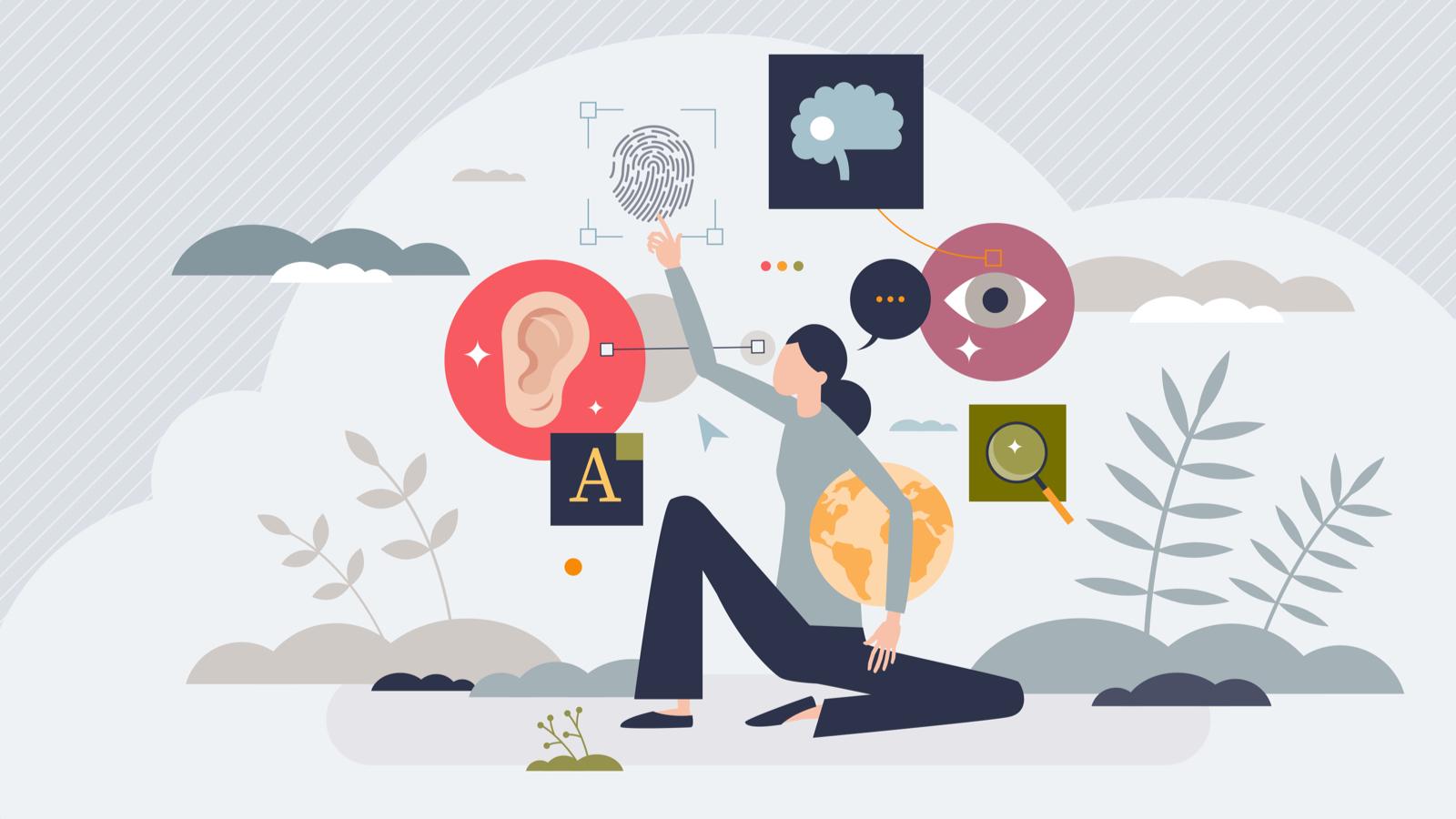the Rise of AI Tutors: Key Benefits and Emerging Challenges in Education
Artificial Intelligence (AI) is making waves in almost every industry, and education is no exception. The rise of AI tutors is revolutionizing the way students learn, teachers teach, and institutions deliver content. From providing tailored feedback too making learning accessible 24/7, these AI-driven solutions promise a brighter, more personalized future for education. But with exciting innovation comes complex challenges. In this article, we’ll dive into the key benefits of AI tutors, the emerging hurdles facing schools and students, and what the future holds for this groundbreaking educational technology.
What Are AI Tutors? An Overview
AI tutors leverage artificial intelligence, machine learning, and natural language processing to provide personalized learning experiences. Unlike conventional classroom instruction, these digital tutors can adapt to individual student needs, recognize knowledge gaps, and generate instant feedback. AI tutors appear in the form of:
- Interactive chatbots
- Virtual teaching assistants
- Automated homework help platforms
- Adaptive learning software
According to a 2023 EdSurge report, adoption of AI tutors in K–12 and higher education settings has surged in recent years, especially with the mainstreaming of platforms like ChatGPT, Squirrel AI, and Carnegie Learning.
Key Benefits of AI Tutors in Education
AI-powered tutoring is more than just a technological trend—it’s an educational game-changer.Here are some of the top advantages:
1. personalized Learning Experiences
- AI tutors analyze student performance data to deliver customized content.
- They adapt pacing and difficulty to match each learner’s strengths and weaknesses.
- This individualized approach boosts retention and confidence, reducing frustration and boredom.
2. 24/7 Availability and Instant Feedback
- Unlike human tutors, AI systems are always online, supporting students whenever needed.
- Instant grading and feedback speed up learning cycles and enable immediate corrections.
3. Scalability and Accessibility
- AI tutors address the shortage of qualified educators by making high-quality assistance widely available.
- Students in remote areas or underserved communities can access the same level of support as those in urban settings.
4. Reducing Teacher Workload
- Routine tasks such as grading, answering frequently asked questions, and tracking progress are automated.
- This frees educators to focus on creative instruction, mentorship, and emotional support.
5.Data-Driven Insights
- AI platforms collect and analyze vast amounts of student data to identify trends, risks, and opportunities.
- Educators and administrators can make informed decisions to improve curricula and interventions.
Emerging Challenges of AI tutors in Education
While the promise of AI in education is vast, it comes with challenges that educators and policymakers must address:
1. Equity and Accessibility Concerns
- Not all students have reliable internet and device access for effective AI tutor use.
- Language barriers and cultural context can affect AI response accuracy and relevance.
2. Algorithmic Bias and data Privacy
- AI systems can perpetuate biases present in their training data,leading to unfair treatment of certain student groups.
- Protecting student data privacy and ensuring ethical use is critical.
3. Overdependence on Technology
- Heavy reliance on AI may erode critical human elements such as empathy and social learning.
- Balancing digital and face-to-face interactions is essential for a well-rounded education.
4. Teacher Adaptation and Training
- Teachers need continual professional development to use AI tutors effectively.
- Resistance to change and lack of trust in AI can slow implementation.
Real-World Case studies: AI Tutors in Action
- Squirrel AI (China): Serving over one million students, Squirrel AI uses adaptive algorithms to provide targeted remediation. Research shows students made meaningful gains—up to 47% enhancement in math proficiency.
- Carnegie Learning (USA): their AI-driven math tutor integrates with traditional classrooms, giving teachers actionable insights on student progress. Schools using Carnegie products have reported higher state-mandated test scores.
- Duolingo: The popular language-learning app employs personalized AI-driven pathways, offering automated feedback and adjusting to learner progress. Duolingo’s AI-engaged users retain vocabulary at higher rates compared to conventional self-study.
First-Hand Experience: Student and Teacher Perspectives
“Having an AI tutor that never sleeps means I can get help with my homework, even at midnight. It’s like having a super-smart friend who always has time for me.” – Sofia, 10th Grade Student
“Our AI assistant has given me more time to plan creative lessons and focus on individual students who need personal attention. The data insights help me understand class trends at a glance.” – Laura, High School Teacher
Practical Tips for Implementing AI Tutors
- Start Small: Introduce AI tutors in one subject or grade level before scaling up.
- Prioritize data Security: Choose AI solutions compliant with local privacy laws (like FERPA, GDPR).
- Foster Human-AI Collaboration: Encourage teachers and AI tutors to work in synergy, focusing on strengths of each.
- Gather Feedback: Regularly solicit feedback from students and educators to fine-tune implementation.
- Invest in Professional Development: Ongoing teacher training ensures effective and confident use of AI tutoring platforms.
The Future of AI Tutors: What Lies Ahead?
As AI algorithms grow smarter and more intuitive, the future of AI tutors in education looks both promising and complex. Personalized learning pathways,real-time multilingual support,and even emotionally intelligent AI tutors are on the horizon. However, ensuring technology complements human teaching without creating new inequities will remain a top priority.
In the coming years, expect further collaboration between AI developers, educators, policymakers, and communities to unlock the full potential of these powerful tools.
Conclusion
The rise of AI tutors marks a turning point in education. By offering personalized, data-driven, and scalable solutions, AI is transforming how students learn and teachers teach, promising better outcomes for learners worldwide.Still,thoughtful implementation,ongoing evaluation,and a strong ethical foundation are vital to overcoming the emerging challenges. embracing AI tutors with care and creativity will ensure that education’s future is bright, inclusive, and endlessly innovative.

